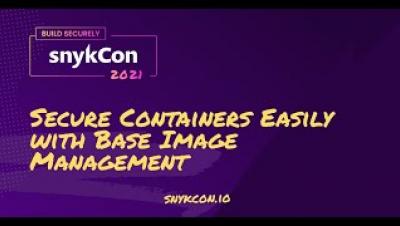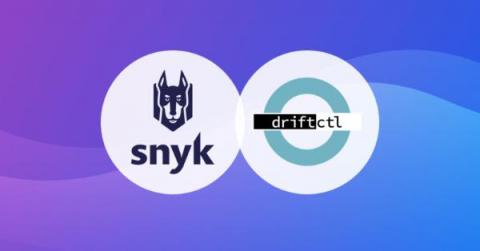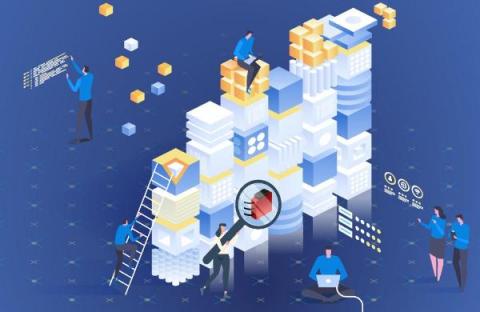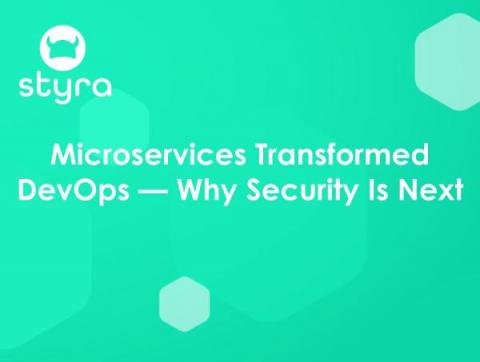Security | Threat Detection | Cyberattacks | DevSecOps | Compliance
DevOps
Secure Containers Easily with Base Image Management
Who are the Star Players on Your DevSecOps Team?
DevSecOps is a practice that integrates security into DevOps. It emphasizes a continuous process in which development, security, and operations collaborate and work to not only innovate and push code, but also ensure security is built in throughout.
Accelerating the Snyk infrastructure as code vision with the addition of CloudSkiff
We are thrilled to welcome the team at CloudSkiff to Snyk! Many of you may be more familiar with driftctl, the open source project started by the CloudSkiff team. I wanted to share with you why we’re excited about the addition of this fantastic group of people to Snyk, and our plans for the future of Snyk Infrastructure as Code (Snyk IaC), as well as our commitment to keeping driftctl open source.
Sharpen your security skills with open source! Introduction to modern infrastructure access
What You Need to Know About Code Risk Management
Risk management of code is an important and often overlooked development function that you need to pay attention to. You may think that this is not a developer’s problem, however developers should not write code that unduly adds to technical debt, hence the need to manage risk. The primary motivation for risk management is to prevent error or failure. Do not seek to eliminate failure, seek to minimise it, to manage the risk of failure.
Microservices Transformed DevOps - Why Security Is Next
Microservices fundamentally changed the way we build modern applications. Before microservices, engineers had a small number of huge chunks of code that made up their application. Many apps were a single monolith of code, and some might have been broken out into a frontend, backend and database. So, when a team needed to update or patch their code, they had to do it slowly and with great care because any change to any part affected every other part of their app.
Snyk Security Horror Stories with Snyk's DevRel and Community Team
Infosec for startups
Ghosts of Past Employees
This blog post started as a seasonal message from our Newsletter. We’ve expanded it to be appropriate for the rest of the year. With more employees changing jobs in 2021 than ever before, there are likely to be a few skeletons in the closet.











